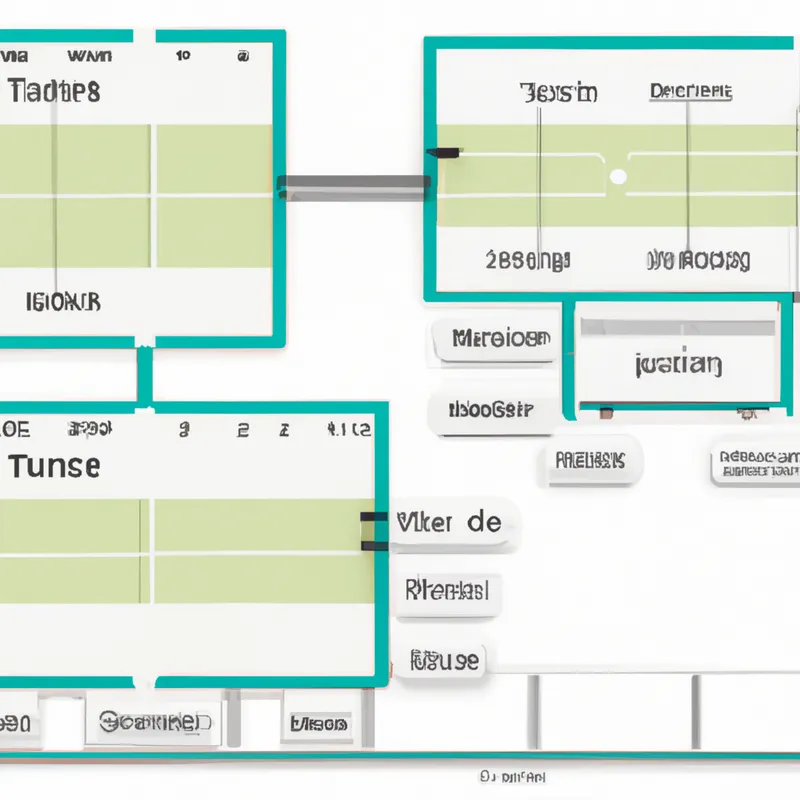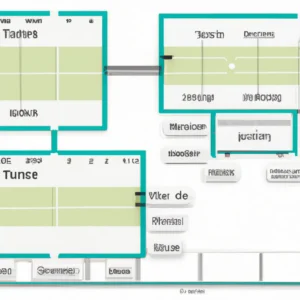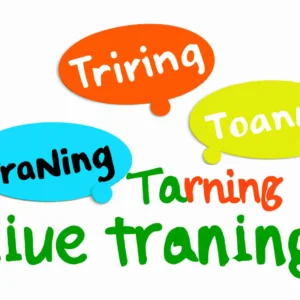Boost Performance Through Collective Motivation
The Impact of Motivation on Group Training Effectiveness
Organizations depend on group training to enhance team performance. However, motivation plays a crucial role in training effectiveness. Understanding motivation can lead to more productive sessions and better outcomes. This blog discusses motivation, offers enhancement tips, and highlights benefits of motivated training groups.
Understanding Motivation in Group Training
Motivation drives individuals’ actions. In training, it encourages participants to engage with the material. Motivated group members take ownership of their learning. They actively contribute to discussions and activities.
Research shows motivated individuals retain information better and apply skills effectively. In group training, collaborative learning amplifies knowledge acquisition. A motivated group creates a positive feedback loop. Success breeds enthusiasm, enhancing the overall training experience. Energized participants collaborate effectively, share perspectives, and tackle challenges together.
Theories of Motivation
Several theories explain motivation in training. Maslow’s Hierarchy of Needs states individuals are motivated by hierarchical needs, from basic needs to self-actualization. Meeting basic comfort and safety needs fosters a conducive learning atmosphere.
Self-Determination Theory (SDT) also applies. It suggests motivation derives from autonomy, competence, and relatedness. Offering choices in training activities enhances autonomy. Providing mastery opportunities satisfies the need for competence. Fostering community within the training group boosts motivation levels.
Tips to Enhance Motivation in Group Training
Set Clear Goals
First, establish clear, attainable goals for training sessions. When participants know what to expect, they focus better. Break larger objectives into smaller milestones. This approach offers immediate rewards and maintains high energy levels. Use SMART criteria to set these goals effectively.
Foster a Supportive Environment
Next, create a safe environment for participants to express themselves. Encourage open communication and collaboration. This practice builds trust and motivates individuals to share ideas. A supportive atmosphere nurtures creativity and innovation. Use icebreakers and team-building exercises to facilitate bonding.
Incorporate Varied Learning Methods
Third, use diverse learning methods to cater to different styles. Some participants prefer hands-on activities, while others thrive on discussions or visual aids. Diversifying your approach engages everyone. This engagement boosts motivation and enhances retention. Consider incorporating multimedia presentations, group projects, and role-playing exercises.
Conclusion
Motivation significantly impacts group training effectiveness. Enhancing it leads to better engagement and outcomes. Implement these strategies to create a motivated training environment.
Below are related products based on this post:
FAQ
What role does motivation play in group training effectiveness?
Motivation is crucial in group training as it drives individuals to engage with the material and take ownership of their learning. Motivated participants actively contribute to discussions and activities, leading to better retention of information and effective application of skills. A motivated group fosters a positive feedback loop, enhancing collaboration and overall training experience.
How can organizations enhance motivation during group training sessions?
Organizations can enhance motivation by setting clear, attainable goals for training sessions, fostering a supportive environment, and incorporating varied learning methods. Establishing clear objectives helps participants focus, while a safe atmosphere encourages open communication. Additionally, using diverse learning techniques caters to different styles, keeping participants engaged and motivated.
What are some theories that explain motivation in training?
Several theories explain motivation in training, including Maslow’s Hierarchy of Needs and Self-Determination Theory (SDT). Maslow’s theory suggests that individuals are motivated by a hierarchy of needs, from basic comfort to self-actualization. SDT emphasizes that motivation stems from autonomy, competence, and relatedness, suggesting that providing choices and fostering community can enhance motivation levels in training settings.















Post Comment